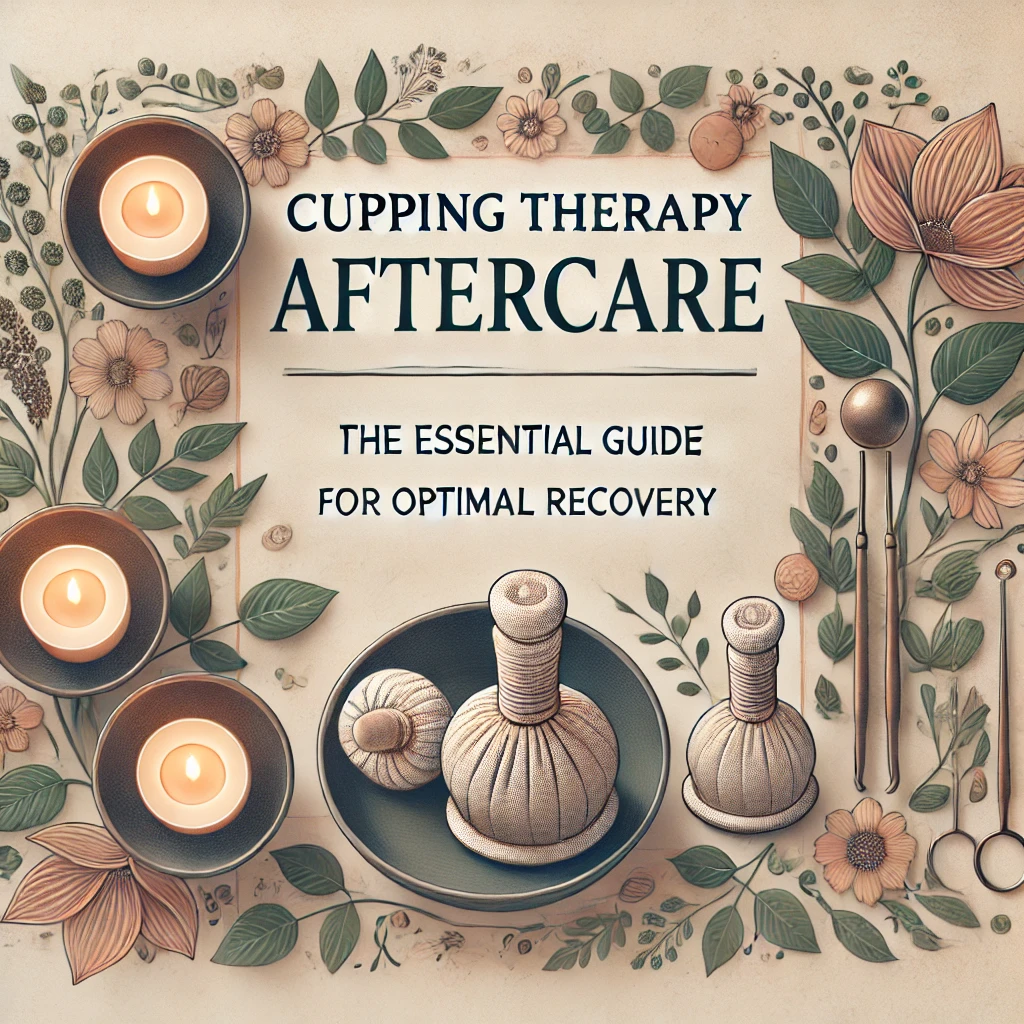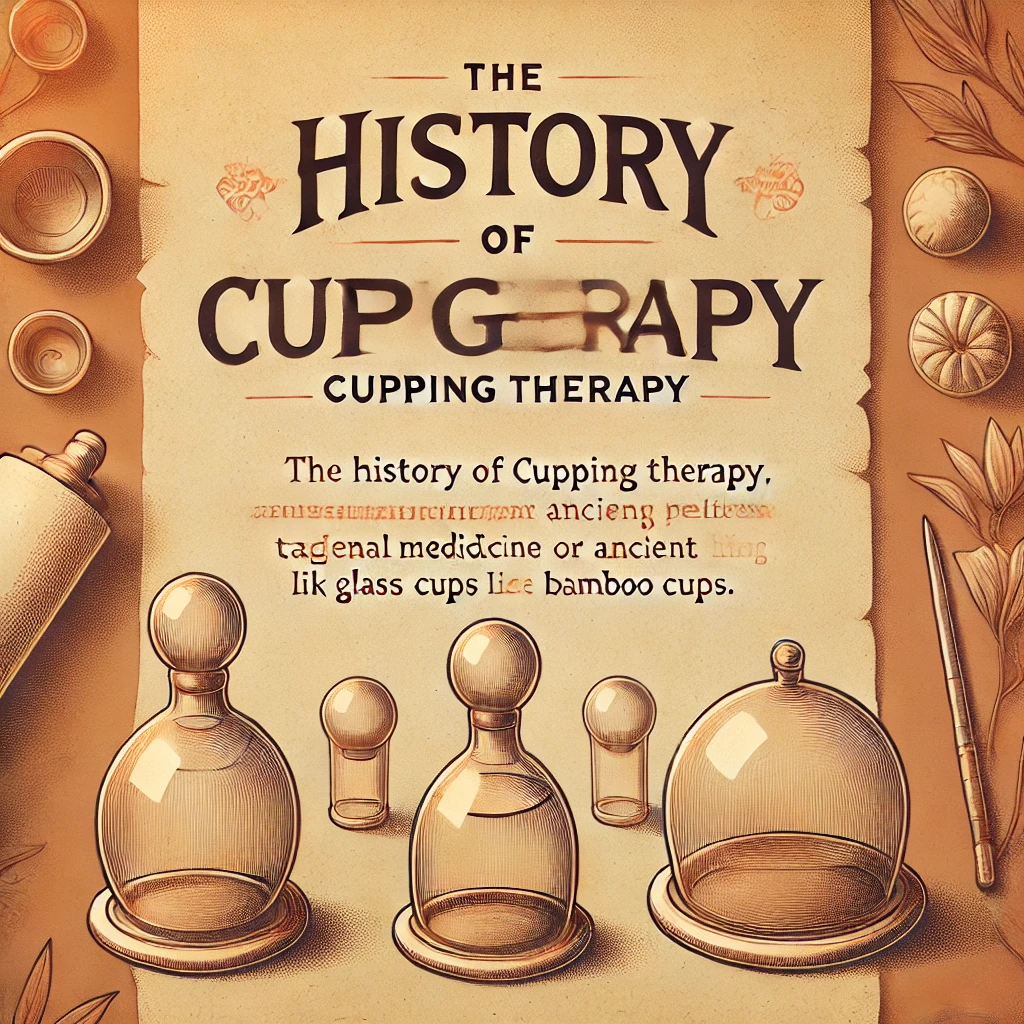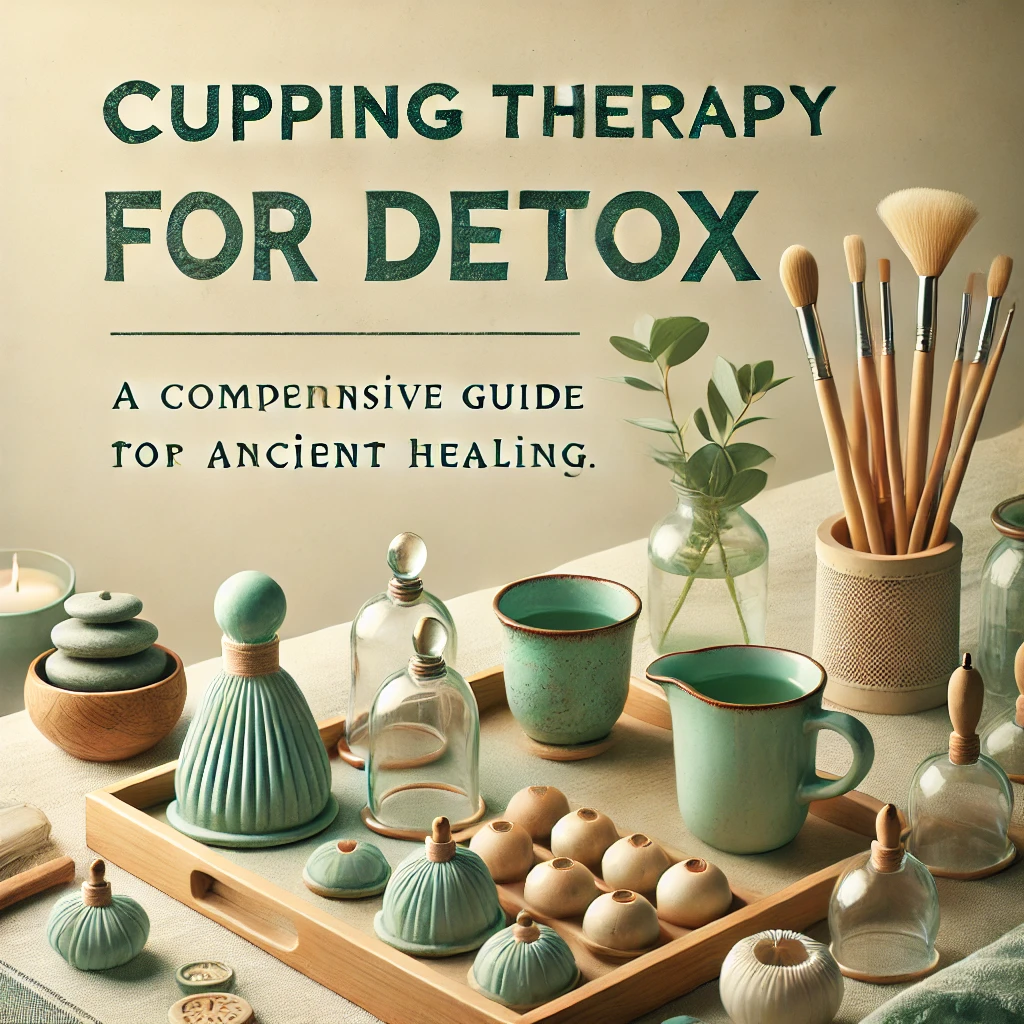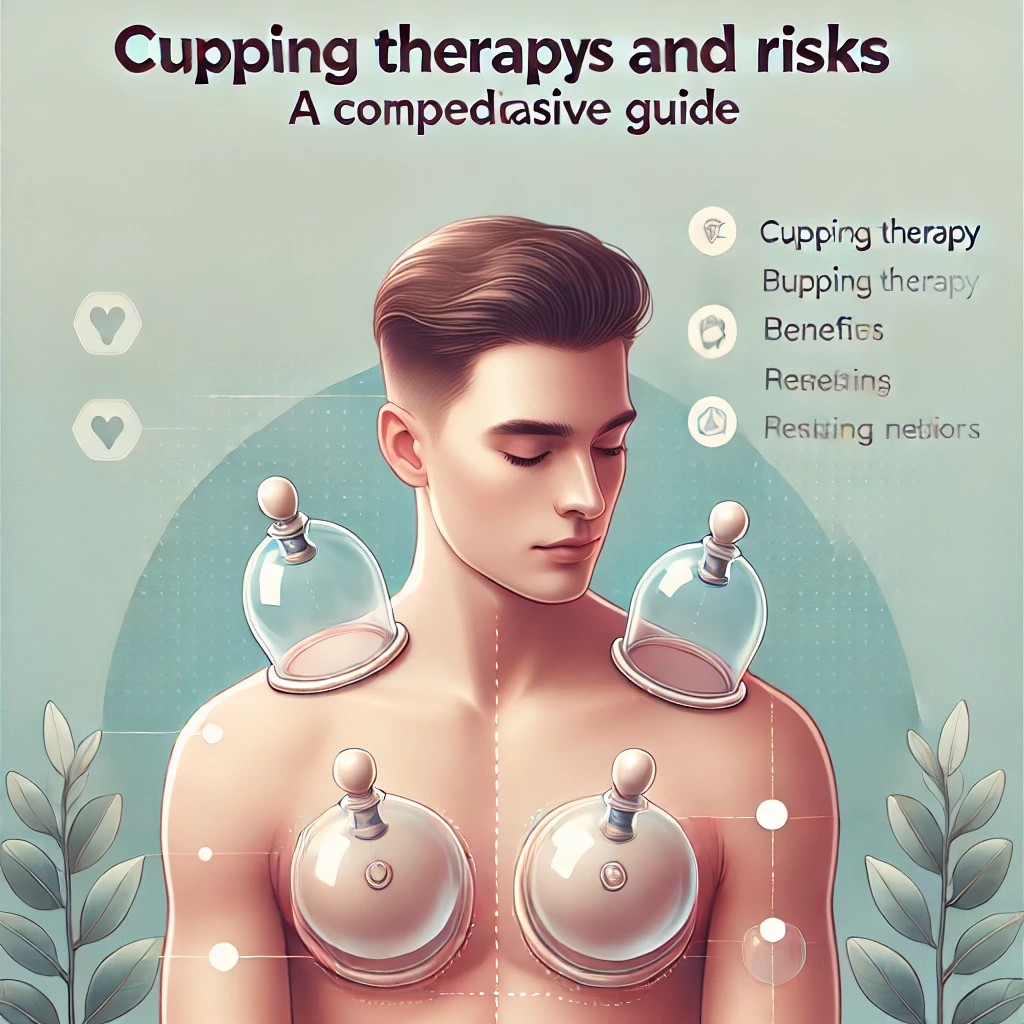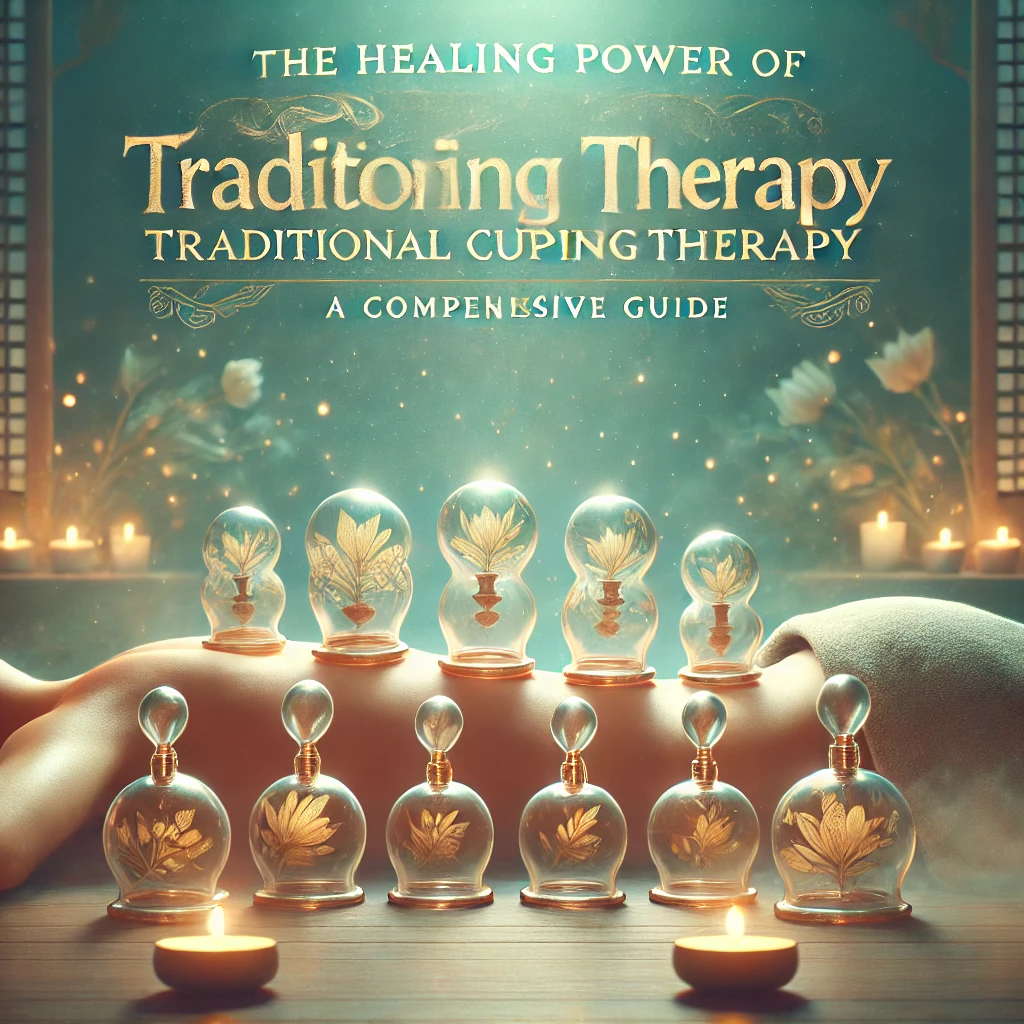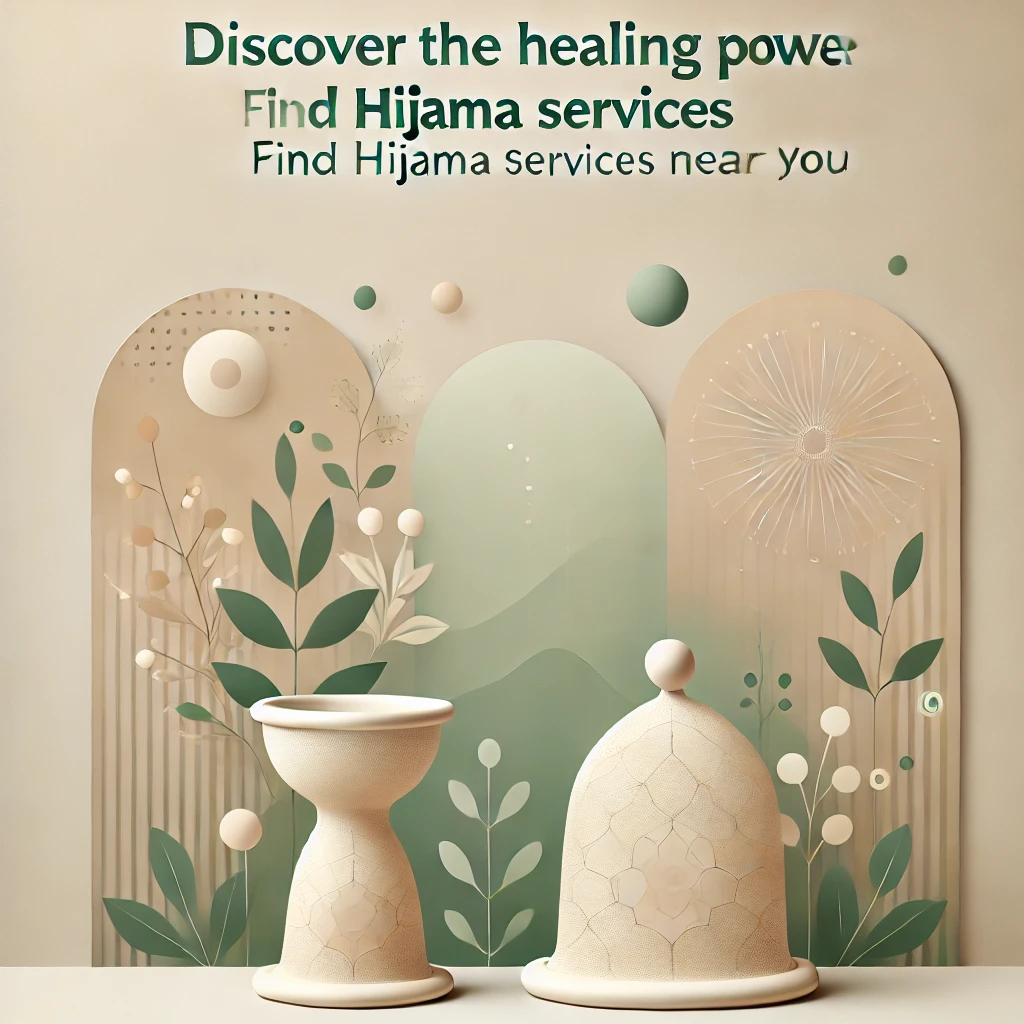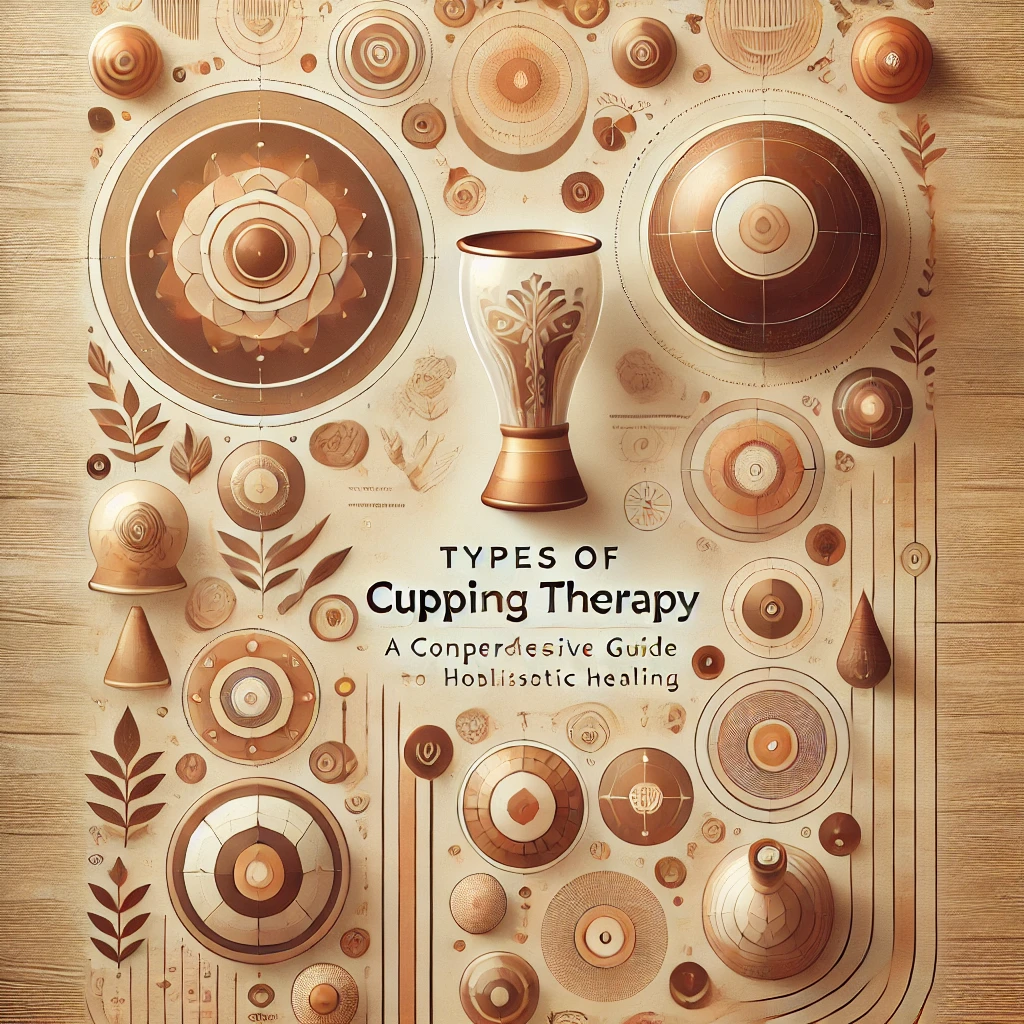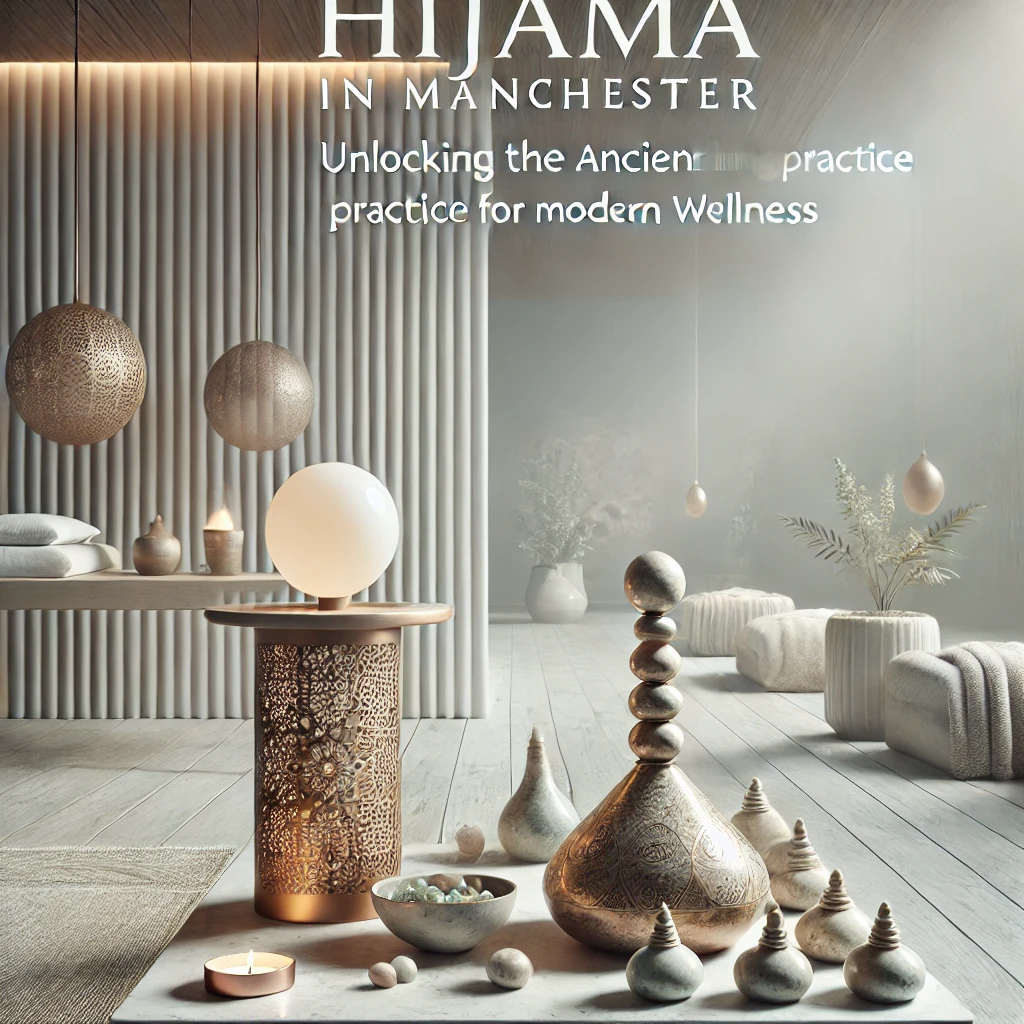Cupping Therapy Aftercare: The Essential Guide for Optimal Recovery
Cupping Therapy Aftercare: The Essential Guide for Optimal Recovery Read More »
Cupping therapy, rooted in traditional Chinese medicine and Islamic Sunnah, is an ancient practice that has gained immense popularity for its therapeutic benefits. Attention cupping therapy has become one of the 20 must-have gadgets for beauty edicts everywhere. Cupping therapy offers a natural remedy, whether you want to relieve muscle pain or inflammation, or need help with some aspect of your health. But in order to get the most benefits out of it and ensure an easier recovery period, it is very important that after cupping therapy is properly cared for. In this comprehensive guide, we will go into the essential aftercare behaviour you must follow post-cupping session.
What is Cupping Therapy?
It is essential to grasp what cupping treatment consists of before you are ready for cupping therapy aftercare. A comprehensive approach to cupping therapy involves applying cups to the skin and creating suction, thus promoting blood flow; reducing inflammation as well as nodding the body’s natural healing processes. There are different types of cupping treatments, such as dry cupping, wet cupping (Hijama), and fire cupping. Each has its techniques for using this form of therapy – all with health benefits corresponding to specific conditions.
Why is Aftercare Important?
After cupping therapy, your skin might manifest local, temporary changes such as redness, bruising, or mild discomfort. These are all normal parts of the process of recovery. Without appropriate Cupping therapy aftercare, however, you might lengthen the recovery period unnecessarily and/or bring on complications. Following an appropriate aftercare routine ensures that you will get the most out of your cupping. It speeds up the process a little — and makes therapy effective.
Key Steps in Cupping Therapy Aftercare
1. Stay Hydrated
To prevent dehydration. Rehydrate your body quickly following cupping. In water, drink anywhere from 8-10 8 oz glasses every day over the next 24 hours.
2. Avoid Strenuous Activity
Avoid Excessive Physical MovementCupping therapy does a lot more than draw out toxins, in terms of revitalizing the body and making the skin. As such it requires time for your body to recover after cupping; do not do any intensive activities or heavy labour (e.g., weightlifting) for at least a day–ideally 24 hours or more post-session. In this way, your muscles can relax and heal thoroughly.
3. Keep the Area Warm
Keep the Area WarmIt’s important to maintain warmth in the cupped areas to ensure proper blood circulation and faster healing. Do not expose the treated areas to chilly temperatures or drafts. Wear loose, comfortable clothing that allows air circulation but retains body heat–this will help keep warmth in and also prevent further chaffing
4. Avoid Showering or Bathing Immediately
Avoid Showers or Baths for a WhileTo protect your cupped skin, avoid things like taking hot showers, baths, or swimming for at least 4 to 6 hours post-session. Since the skin’s pores are currently more open and susceptible to cupping, they’ve been left in a more fissured state than usual. Showering will only renew this fragility; let it partly heal over before you do anything that will aggravate it.
5. Apply Natural Moisturizers
Apply Natural Moisturizers. Your skin may feel dry or tight after a cupping session. Applying a natural, gentle moisturizer like coconut oil, olive oil, or aloe vera gel can soothe the skin and prevent dryness. Avoid using harsh lotions or creams that contain chemicals or fragrances, as these can irritate the skin.
6. Monitor the Cupped Areas
Monitor the Cupped AreasIt’s normal to experience redness or circular marks where the cups are applied. These marks will normally fade in a few days to a week. If they don’t change colour or start looking odd, we recommend you consult a physician immediately.
7. Rest and Relax
After the treatment has been finished, your body needs time to recover. Make sure to get plenty of rest and avoid putting any stress on your body. Activities like meditation, gentle stretching or deep breathing exercises which are not overly taxing can help your body heal too.
Common Questions About Cupping Therapy Aftercare
1. How long should I rest after a cupping session?
After a cupping session, it is recommended to rest for at least 24 hours. This will allow your body time to repair and means that all of the therapy’s benefits can be realized.
2. Can I apply ice to the cupped areas?
While ice may seem a judicious application for alleviation of symptoms, it’s generally best avoided. The cooling down of blood vessels by ice–and ice in particular can congeal blood–can slow down or even stop the healing process entirely. By contrast, work naturally to warm the area and use natural healing oils for relief.
3. How long do the cupping marks last?
Cupping marks can last for anywhere between a day to a week, depending on the intensity of the treatment and your skin type. These marks are not bruises but rather, when blood is drawn out into the skin, the result. They will fade gradually over time.
4. Can I take a painkiller after cupping therapy?
After cupping therapy, as a general rule, you do not need to take a painkiller but if it hurts you can choose acetaminophen, an over-the-counter pain remedy. But don’t take anti-inflammatory drugs, such as ibuprofen, since they can counteract what is good about the therapy.
5. Is it normal to feel fatigued after cupping therapy?
Yes, it is common to feel a bit tired or lethargic after a cupping session. This is your body signalling that it needs rest and time to heal. Get plenty of sleep, and take it easy for the next 24 hours.
Final Thoughts
Cupping therapy will bring many benefits, but if you want to get the most out of it, then be sure and follow proper Cupping therapy aftercare. By taking good care of yourself after the treatment, you can recover smoothly and realize the full range of benefits cupping therapy has to offer. New to cupping? A seasoned converter into the uses and effects of those ancient cups? Follow these steps then. Your whole experience will be better for it. Visit Your Sunnah Solutions for more information on cupping therapy and other holistic healing treatments. Our team of experienced practitioners is here to help you on the road to better health and well-being.
FAQs
Q1: What should I avoid after cupping therapy?
Furthermore, after the treatment it is recommended that you avoid strenuous activities, going into hot or cold water and applying harsh products on treated skin This can affect the therapeutic effect and cause a reaction on the skin.
Q2: Can I do cupping therapy at home?
cupping therapy can be performed at home if you have the right equipment and knowledge. However, it is always better to have cupping therapy done by a professional, to guarantee your safety and precision in applying the technique.
Q3: How often should I have cupping therapy?
How often you undergo cupping therapy depends on your particular needs and health goals. Some people use it once a week, while others may only need to receive it once monthly. Talk to a practitioner and work out which program will best suit your case.
Q4: Are there any side effects of cupping therapy?
Common symptoms include redness, local marks, and mild pain, which are all temporary phenomena that disappear within a few days. Severe side effects are rare but possible if Cupping therapy aftercare instructions are neglected.
Q5: What should I do if I feel lightheaded after cupping therapy?
If you feel dizzy after a session, rest and sit down. Drink plenty of water and seek the advice of your therapist if the feeling does not pass. Keep well-rested and well-hydrated after cupping to ensure your body’s quick recovery.
By following these Cupping therapy aftercare guidelines for cupping therapy, you will be well-positioned to reap the full benefits of this ancient healing practice. Proper aftercare is essential if you want to achieve your wellness goals and gain relief from your pains and stress. Get more tips and book your next session by visiting your Sunnah Solutions website.

